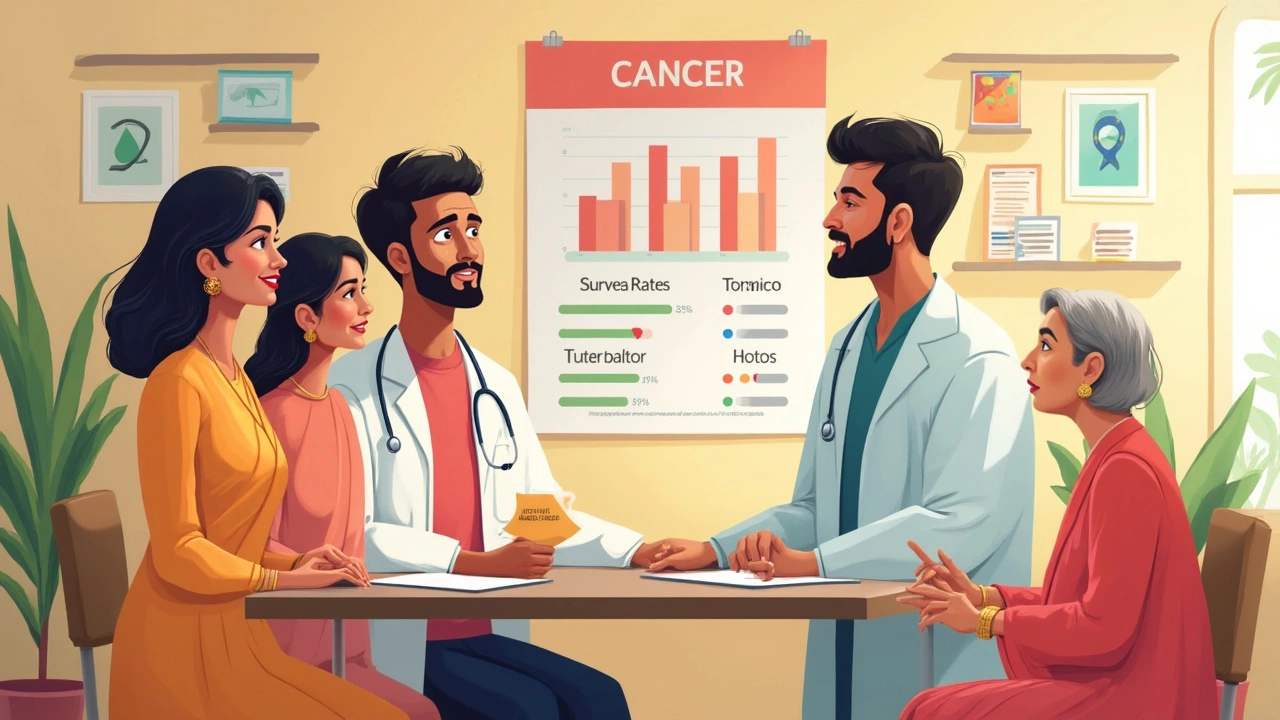Thyroid Cancer: Symptoms, Treatment, and Recovery Tips
When the thyroid cancer, a type of cancer that starts in the thyroid gland, a butterfly-shaped organ in the neck that controls metabolism. It's not as common as other cancers, but it's one of the fastest-growing in recent years, especially among women. You might not feel anything at first. No pain. No fever. Just a small lump in your neck that won’t go away. That’s often the first sign. Many people mistake it for a swollen gland or a cold. But if it sticks around for more than two weeks, it’s worth getting checked. Thyroid cancer doesn’t always scream for attention—it whispers. And that’s why so many cases are caught early, when treatment works best.
There are different types of thyroid cancer, but the most common one is papillary thyroid cancer, a slow-growing form that responds well to treatment and has a high survival rate. Then there’s follicular, medullary, and anaplastic—each with different behaviors and treatment paths. Surgery is usually the first step. Removing part or all of the thyroid. After that, many need radioactive iodine therapy to clean up any leftover cancer cells. It’s not magic, but it’s precise. Your body absorbs the iodine, and the radiation targets only the thyroid tissue. Side effects? Dry mouth, tiredness, changes in taste. Not fun, but manageable. And then comes lifelong hormone replacement. You’ll take levothyroxine every day to replace what your thyroid used to make. It’s not optional. It’s your new normal.
Recovery isn’t just about healing the body. It’s about rebuilding your rhythm. Sleep, stress, movement—these aren’t afterthoughts. They’re part of the treatment plan. People who move regularly, even just walking 30 minutes a day, recover faster. Those who eat real food—no crash diets, no detox nonsense—feel stronger. And those who talk about their fears, whether to a therapist, a support group, or a friend, sleep better at night. Thyroid cancer doesn’t define you, but how you handle it? That does.
What you’ll find below are real stories and practical guides from people who’ve walked this path. From what to expect after surgery, to how to spot early signs of recurrence, to the supplements that help—and the ones that don’t. No fluff. No hype. Just what works.
-
25
Curious about which cancers have the highest survival rates? Some types, like papillary thyroid cancer, have a 95% survival rate or higher, especially when caught early. This article breaks down which cancers are the most treatable, what makes them so, and what you should know about early detection. You'll also get tips on recognizing symptoms and talking to your doctor about screening. Clear, direct info—no jargon.
